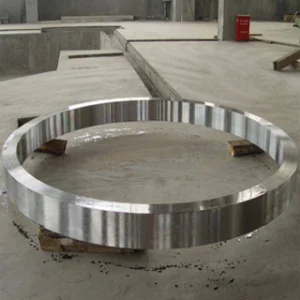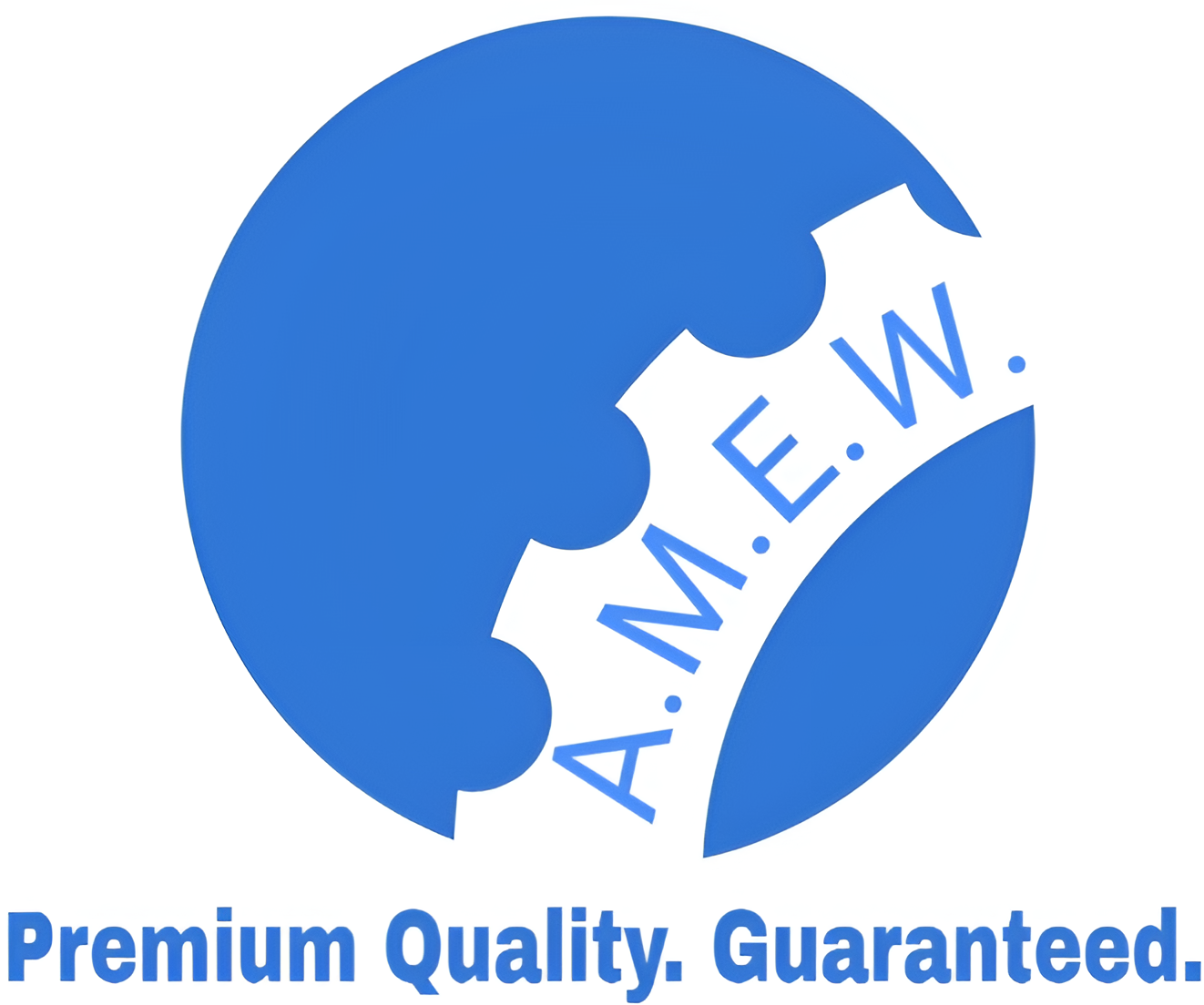Custom Forged Parts
Table of Contents
- Introduction
- What Are Custom Forged Parts?
- Benefits of Custom Forged Parts
- Applications of Custom Forged Parts
- 4.1 Aerospace
- 4.2 Automotive
- 4.3 Oil and Gas
- 4.4 Construction
- 4.5 Medical Devices
- Grades of Custom Forged Parts
- 5.1 Carbon Steel
- 5.2 Alloy Steel
- 5.3 Stainless Steel
- 5.4 Titanium Alloys
- 5.5 Aluminum Alloys
- Manufacturing Process of Custom Forged Parts
- Quality Control in Custom Forging
- Conclusion
1. Introduction
Custom forged parts are essential components across various industries, providing durability and reliability that standard parts often cannot match. This guide will delve into the significance of custom forging, its applications, material grades, and the manufacturing processes involved.
2. What Are Custom Forged Parts?
Custom forged parts are components created through the forging process, which involves shaping metal using localized compressive forces. Unlike traditional machining, which cuts away material from a solid block, forging manipulates the material structure to improve strength and performance. These parts can be tailored to meet specific dimensions and performance criteria, making them ideal for demanding applications.
3. Benefits of Custom Forged Parts
- Enhanced Strength and Durability: The forging process refines the grain structure of the metal, resulting in superior mechanical properties.
- Tailored Solutions: Custom forging allows for precise specifications, ensuring that the parts meet the unique requirements of each application.
- Cost-Effective: While the initial investment may be higher than standard parts, the long-term benefits, including reduced failure rates and lower maintenance costs, can lead to significant savings.
- Versatility: Custom forged parts can be produced in various shapes and sizes, accommodating diverse industrial needs.
4. Applications of Custom Forged Parts
4.1 Aerospace
In the aerospace industry, custom forged parts are used for critical components like landing gears, engine mounts, and structural frames. Their high strength-to-weight ratio is essential for safety and performance.
4.2 Automotive
The automotive sector relies on custom forged parts for components such as crankshafts, connecting rods, and suspension systems. These parts enhance vehicle performance, safety, and longevity.
4.3 Oil and Gas
Custom forged parts are vital in the oil and gas industry, used in drilling equipment, valves, and pumps. Their ability to withstand extreme pressures and corrosive environments makes them indispensable.
4.4 Construction
In construction, custom forged parts are utilized for heavy machinery, structural supports, and fasteners, contributing to the strength and integrity of buildings and infrastructure.
4.5 Medical Devices
The medical field employs custom forged parts in surgical instruments and implants, where precision and reliability are paramount.
5. Grades of Custom Forged Parts
5.1 Carbon Steel
Carbon steel forged parts are widely used for their balance of strength, ductility, and cost-effectiveness. Common grades include ASTM A105 and A36.
5.2 Alloy Steel
Alloy steel forged parts, such as 4130 and 4140, offer enhanced hardness and tensile strength, making them ideal for demanding applications in automotive and aerospace.
5.3 Stainless Steel
Stainless steel grades, including 304 and 316, are corrosion-resistant and are often used in applications that require hygiene, such as food processing and medical devices.
5.4 Titanium Alloys
Titanium alloys are used for their exceptional strength-to-weight ratio and corrosion resistance, making them ideal for aerospace and high-performance applications.
5.5 Aluminum Alloys
Aluminum forged parts, such as 7075 and 6061, are lightweight and offer good corrosion resistance, often used in automotive and aerospace industries for weight-saving designs.
6. Manufacturing Process of Custom Forged Parts
The manufacturing process typically involves several key steps:
- Material Selection: Choosing the appropriate material grade based on application requirements.
- Heating: The metal is heated to a specific temperature to enhance malleability.
- Forging: Using hammers or presses, the heated metal is shaped into the desired form.
- Cooling: The part is cooled to room temperature, allowing it to retain its new shape.
- Finishing: Additional machining, heat treatment, or surface finishing may be applied to meet final specifications.
7. Quality Control in Custom Forging
Quality control is critical in custom forging. Manufacturers often employ various techniques, such as:
- Non-Destructive Testing (NDT): Techniques like ultrasonic testing and radiography are used to detect internal defects.
- Material Testing: Mechanical properties are tested to ensure they meet industry standards.
- Dimensional Inspection: Parts are measured to ensure they meet the specified tolerances.
Showing 1–16 of 33 results
-

15-5 PH Stainless Steel Forgings
Read more -

Aerospace Forgings
Read more -

Aluminium Forgings
Read more -

ASTM A333 Grade 6 Pipe
Read more -

Custom Forged Blocks, Rectangles & Flats
Read more -

Custom Forged Blocks, Rectangles & Flats
Read more -

Custom Forged Crankshaft Manufacturer
Read more -

Custom Forged Hubs, Spindles & Step Shafts
Read more -

Custom Forged Stainless Steel Blocks
Read more -

Custom Forged Stainless Steel Fluid Ends
Read more -

Custom Forged Steel & Stainless Steel Shaft Manufacturing Services
Read more -

Defence Forgings
Read more -

Food Processing
Read more -

Forged Blocks, Valve Body, Flats & Forged Beams
Read more -

Forged Disc, Hubs, Tubesheets, Covers/ Blinds & Turbine Runner Disc.
Read more -

Forged Flanges
Read more

